How to unclog a vacuum cleaner
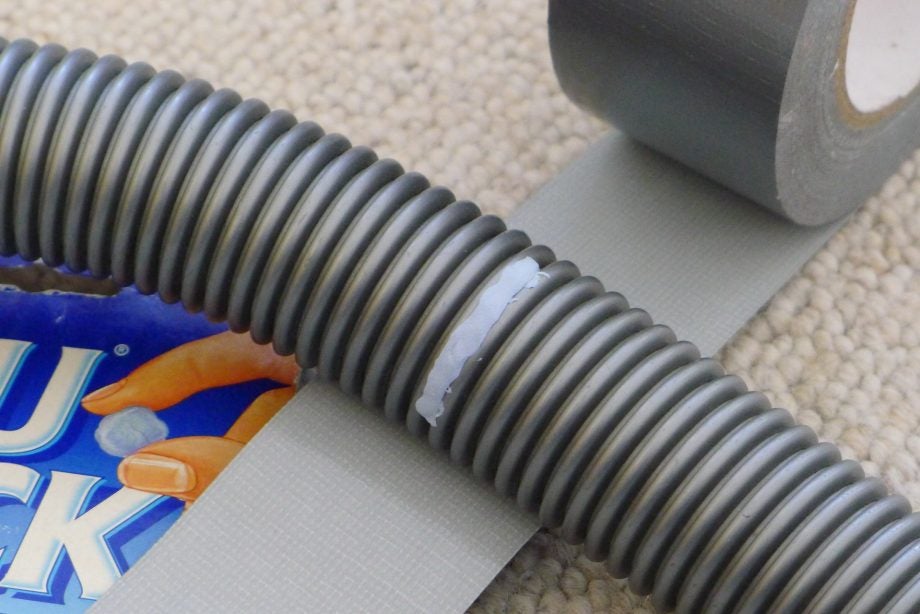
Modern vacuum cleaners produce an impressive amount of suction: enough to lift dust and dirt from deep within a carpet. It never stops being impressive, right up to the point when it suddenly isn’t. Blocked pipes, clogged filters or even just tangled brushes can all take the wind out of your vacuum. If your cleaner has lost its suction, then here’s how to unclog it and fix the most common blocked vacuum cleaner problems. If you discover that your cleaner is beyond repair, our best vacuum cleaner and best cordless vacuum cleaner guides will help you find the perfect replacement.
1. Check for clogging
No doubt you’ve checked the basics, but it pays to run through them again. A cyclonic cleaner, such as the Dyson V11, might not clog, but it will be unhappy if the cylinder’s full. If this is the case, pull it out and empty it fully. Check out our guide on how to fix a Dyson vacuum cleaner that keeps starting and stopping for more on dealing with these machines.
Clogging is more of a problem for bagged cleaners, where air has to pass through tiny holes in the bag. If the bag is full, or if you’ve vacuumed up a lot of fine dust or sand, the cleaner has to work far harder, and the airflow will be reduced. If you’re in any doubt, fit a new bag and re-test.
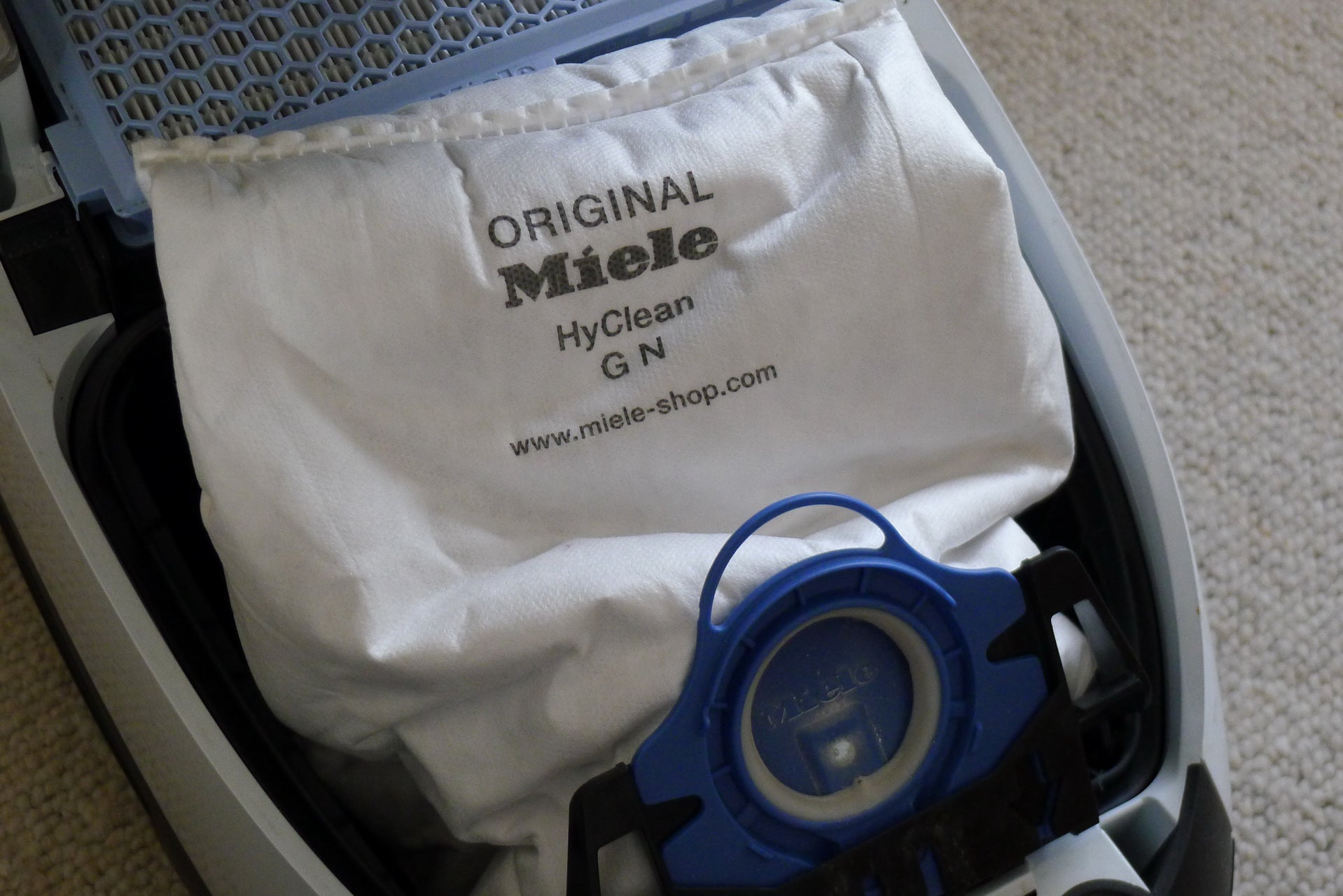
2. Check for damaged pipes
The next most common reason for a vacuum to lose its suction is that the hose is kinked, blocked or being vented – either through a sliding vent or through a hole or tear. You’ll hear venting as an unusual hiss or whistling sound. Check any sliding vents on the head are fully closed, and that any sections are fitted together properly, then try to track down any remaining hiss.
You can seal a small tear in the hose with a blob of Blu Tack or chewing gum, placed on the outside and secured with a wrap of duct tape, but if it worsens over time then you’ll need to buy a replacement hose.
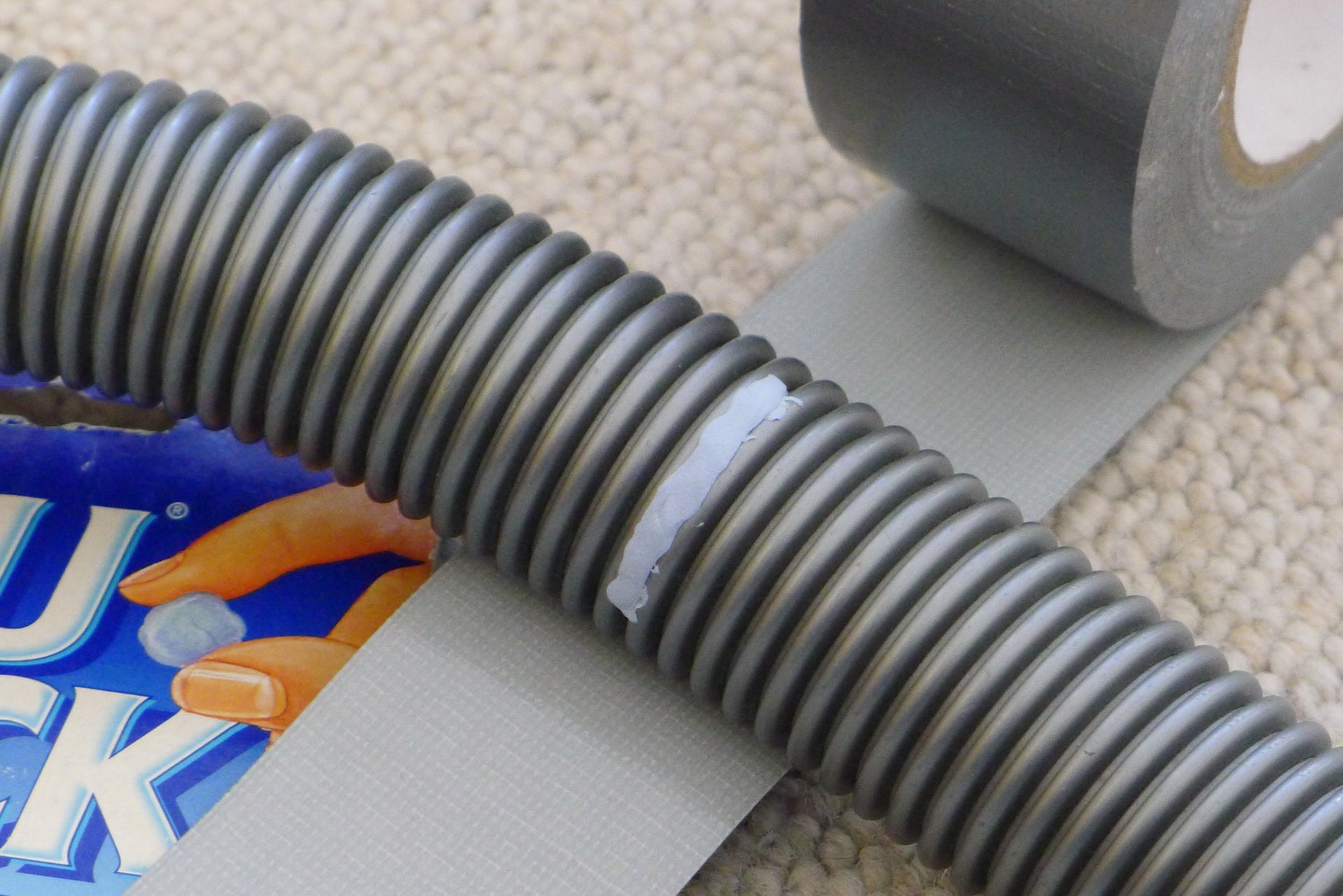
Blockages aren’t uncommon, particularly if you’ve just had new carpets fitted. Any looser fibres tend to come out during the first few vacuums, particularly if your vacuum has rotating brushes. With an upright, pull out the hose as though you were about to fit an accessory, or with a cylinder remove the cleaning head. Now turn on the vacuum and use the palm of your hand against the hose to briefly check for suction. If it’s very strong, skip to the next step.
If it isn’t strong, turn off the cleaner and look down the end of the hose. Most cleaners have a plastic sleeve, which may or may not be removable, usually by depressing a couple of notches in the hose end. Removing collars or sleeves might help you spot or reach any blockages at this end of the hose. A torch might help here, too.
If possible, remove the other end of the hose from the vacuum cleaner body, again, releasing any notches or catches – on some Dyson models the cleaner’s end of the hose simply pulls out. Now visually check this end of the hose, and the point on the cleaner where it plugs in.
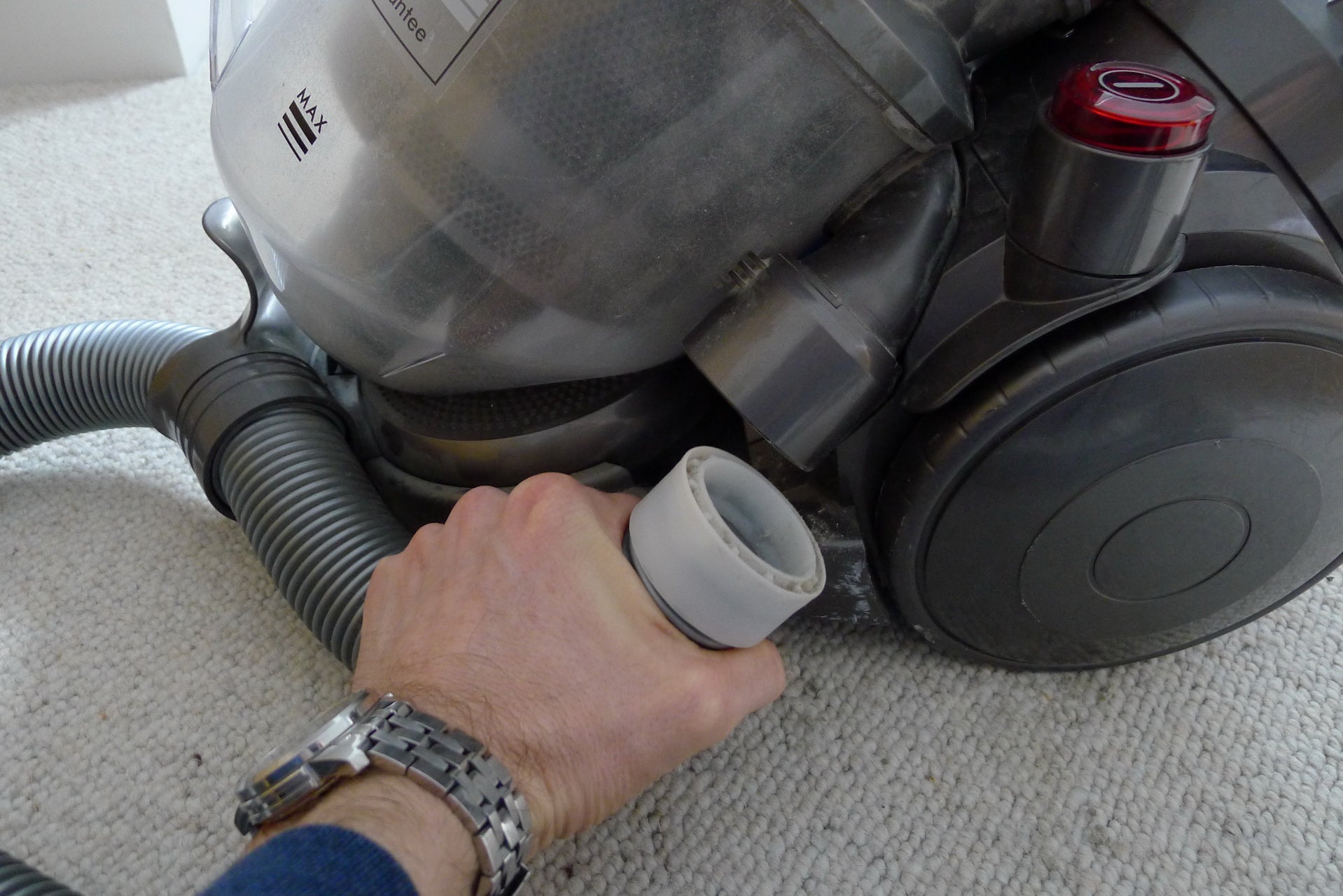
With both ends of the hose free, fit your fingers around one end as though you were making an “OK” sign. Push your mouth against them and blow (don’t suck!) down the hose. If you meet any significant resistance, it’s a sign that there’s a hidden blockage. You may be able to find it by flexing and gently squeezing the hose along its length until you discover a section that feels firmer or less flexible.
You might need a bit of ingenuity to clear a blockage mid-hose. A straightened coat hanger or length of plastic curtain track is most likely to do the trick with carpet fluff, whereas you might be able to massage-out gravel or rubble. Dirt might dissolve in water, but be sure to dry the hose before vacuuming again.
3. Check the cleaning head
If the bag/cylinder and hose are clear, ensure the vacuum cleaner is unplugged then take a look at the cleaning head. For uprights, release the lock as though you were about to clean under a sofa, then roll the cleaner onto its front and expose the floor head. Look for any obvious buildup of fluff, particularly around the vacuum slot leading into the cleaner body.
If there are brushes check that they rotate reasonably freely, although there might be a fair amount of resistance from the belt-driven brushes on an upright. If they don’t move, take off any covers and look for blockages or wound hair.
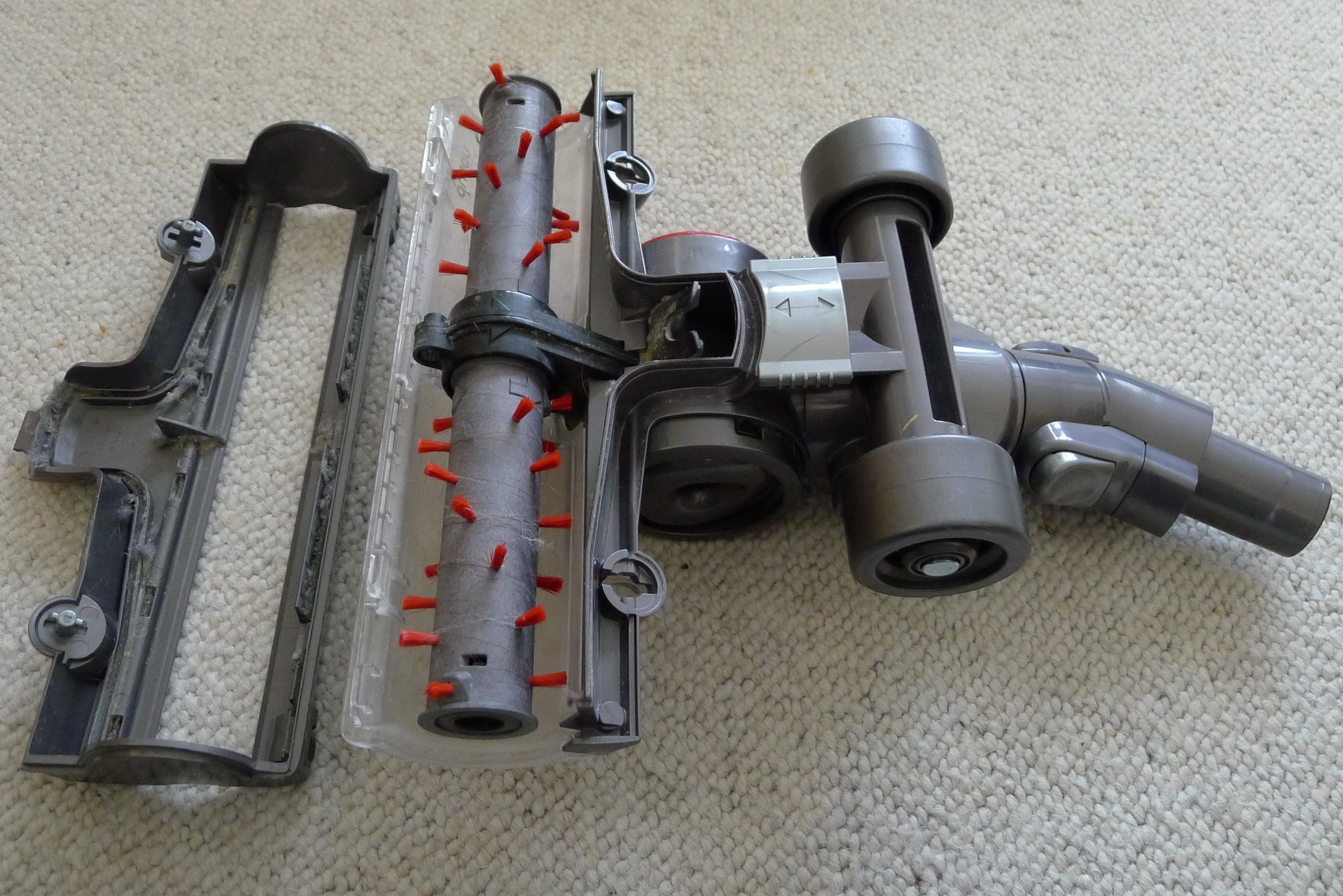
For cylinder cleaners, remove the cleaning attachment from the hose and check it from both ends; shine a torch in the hose end and see if light passes through. Check any other mouldings or short hoses that carry vacuum, such as between the head and body of an upright, or between the hose entry and cylinder on a cyclonic.
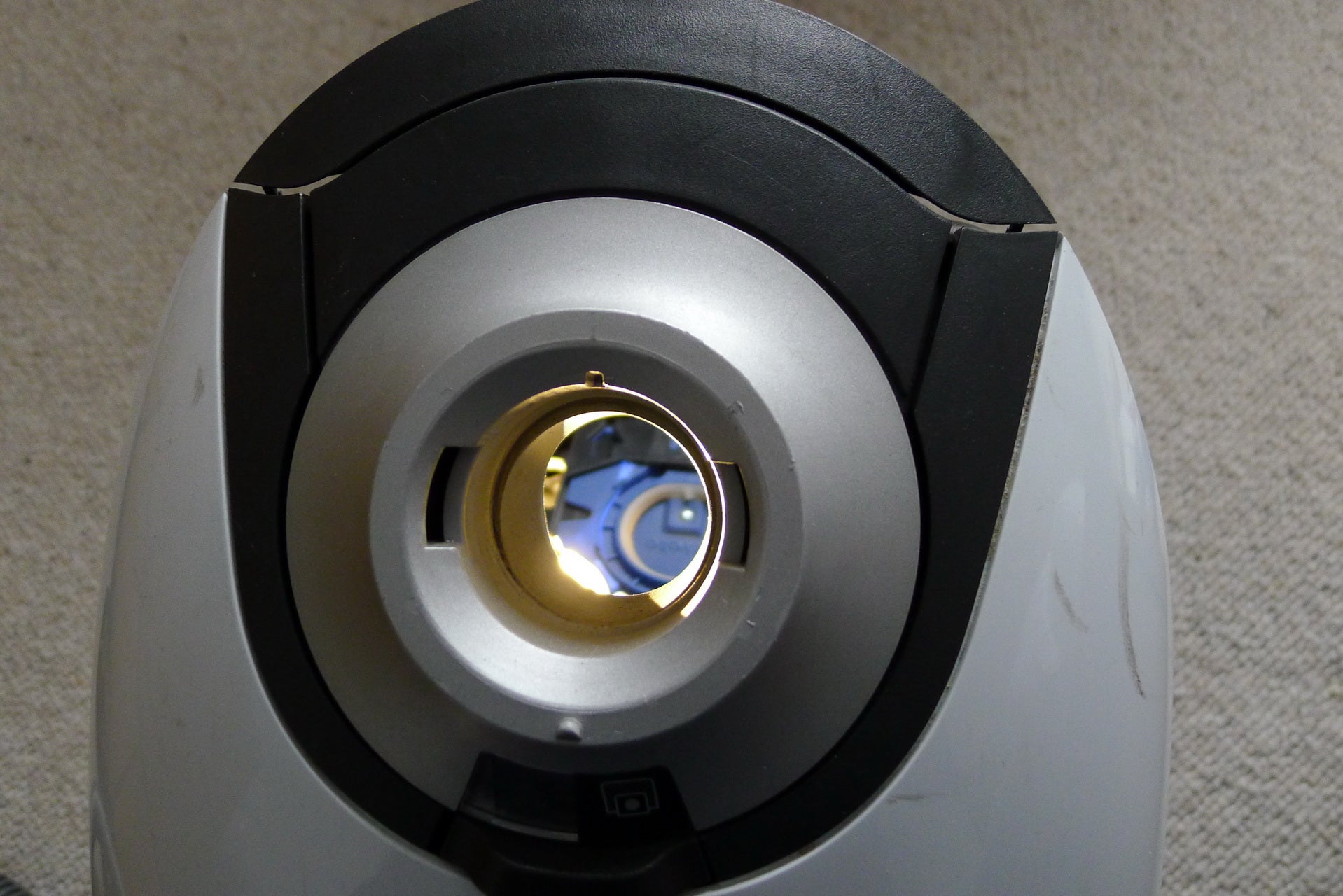
4. Fettle the filter
If the bag, hose, head and other pipes are clear, the filters may be blocked. Filters are the essential last step to protect the motor from dust, and stop vacuumed material simply shooting back into the room.
On an allergy or pet vacuum, the second-stage HEPA filter is crucial to maintaining air quality. Locate the filter(s) on your cleaner and either wash or replace them, depending on the manufacturer’s instructions. Leave them to dry thoroughly if necessary, and make sure you refit them correctly afterwards.
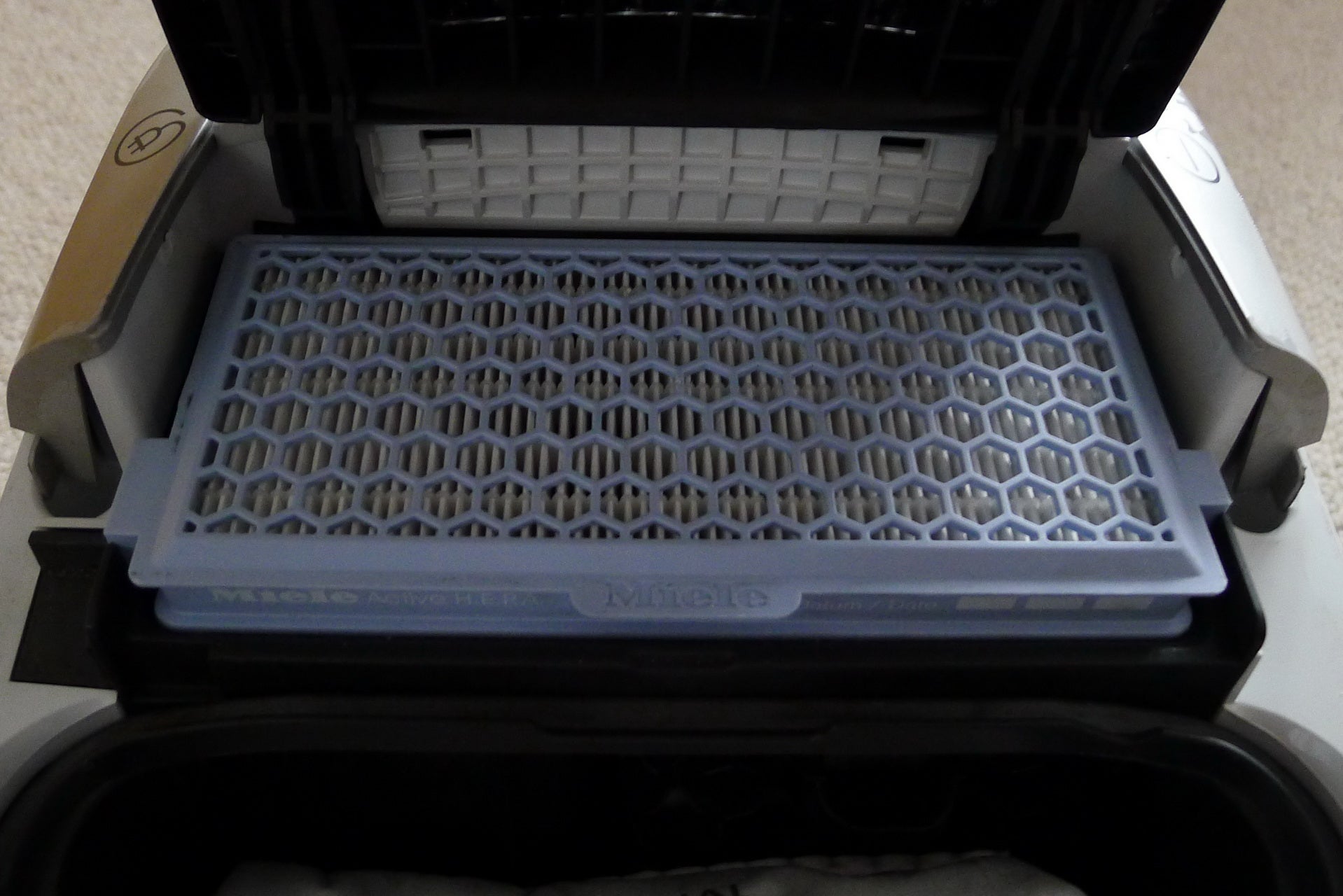
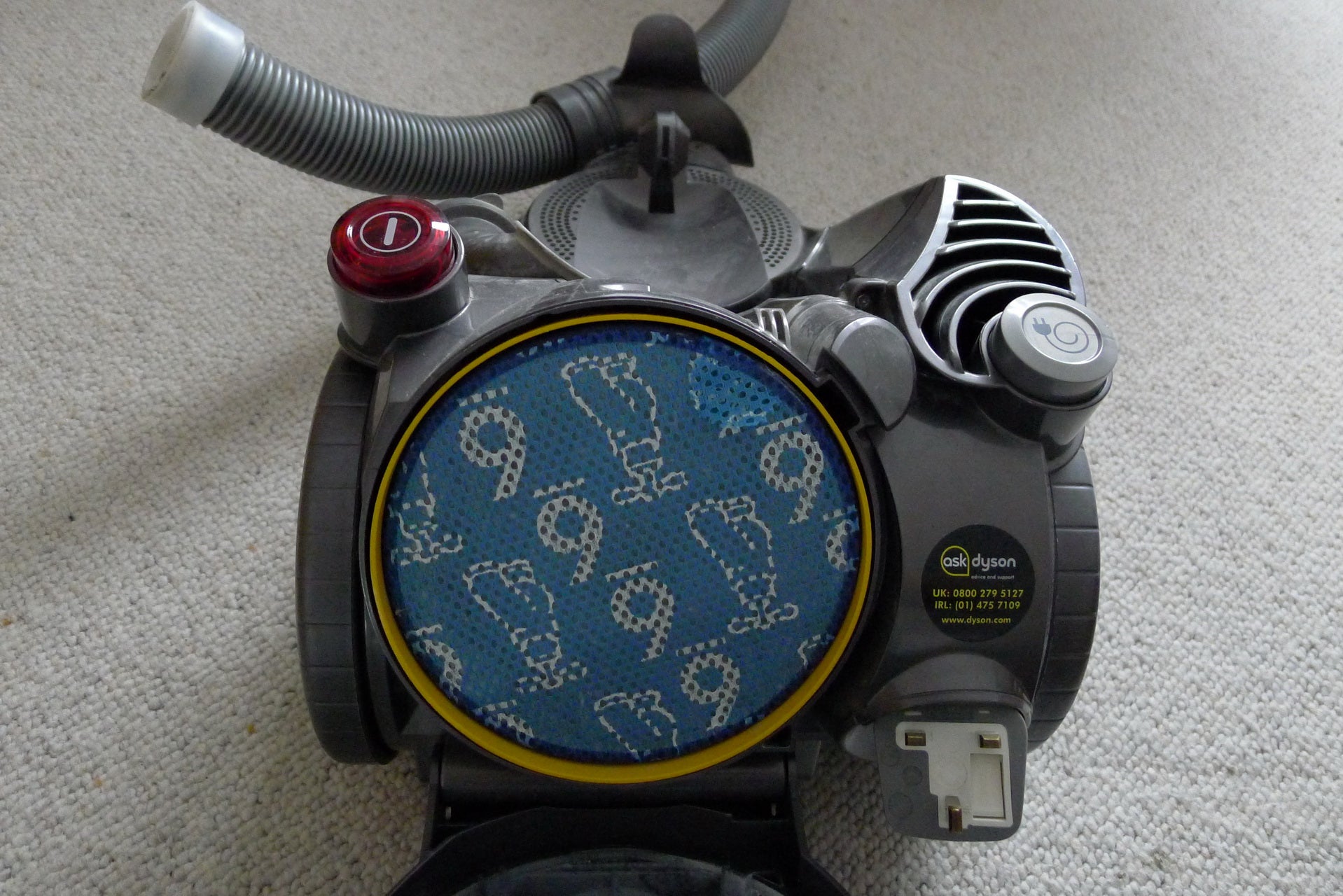
5. My vacuum still (doesn’t) sucks
If you’ve worked through everything else, it’s time to start looking for more unusual problems. Bagged vacuums rely on the seal around the bag chamber door – make sure the full length of any rubber strip is in place, undamaged and unobstructed.
If your cleaner has belt-driven brushes, turn it off at the wall, turn it over as before, and turn on at the vacuum. Then, briefly turn it on at the wall socket (don’t get near the brushes) and check that the brushes spin. If not, turn off at the wall and check again for any hair, string or other blockage. If there isn’t one, but you can easily spin the brushes manually, you may need a new belt.
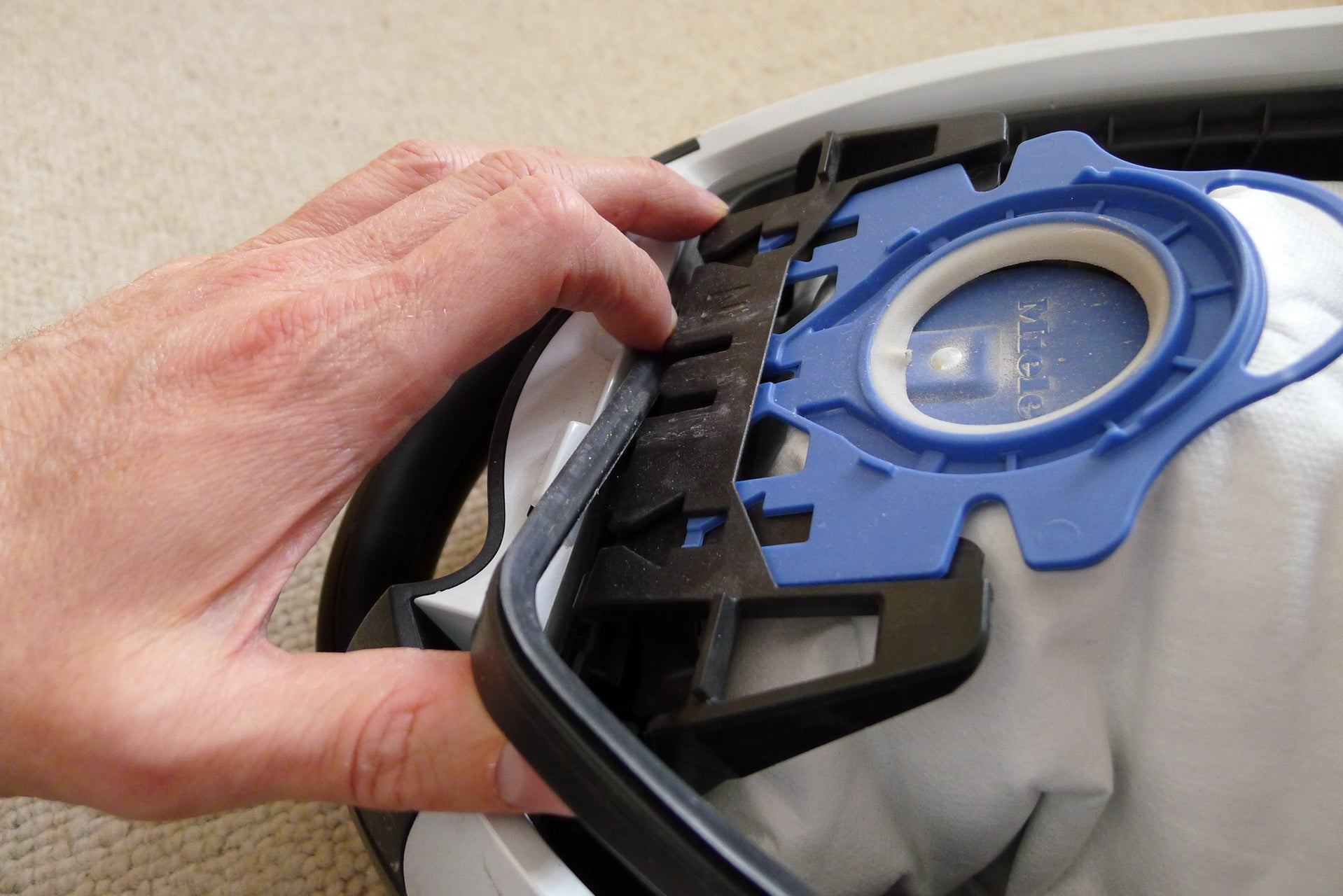
Provided the motor’s running, the above steps should restore suction to almost any vacuum cleaner – the vast majority of issues will be solved by replacing the bag and filters, and checking the hose is clear. If all else fails, ask a local repair shop to take a look.


